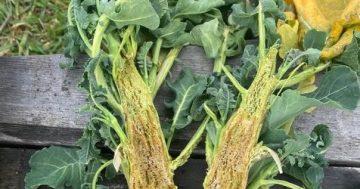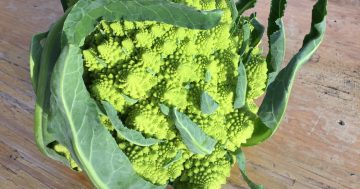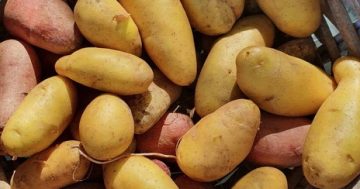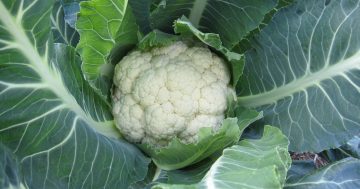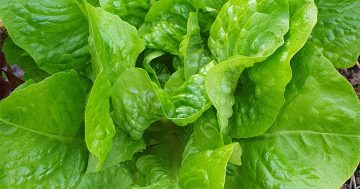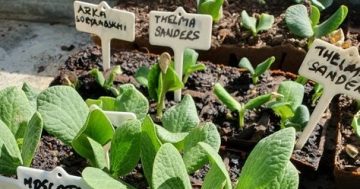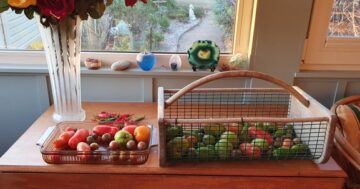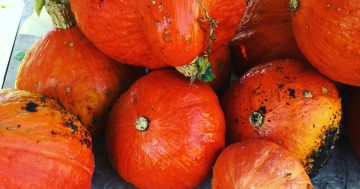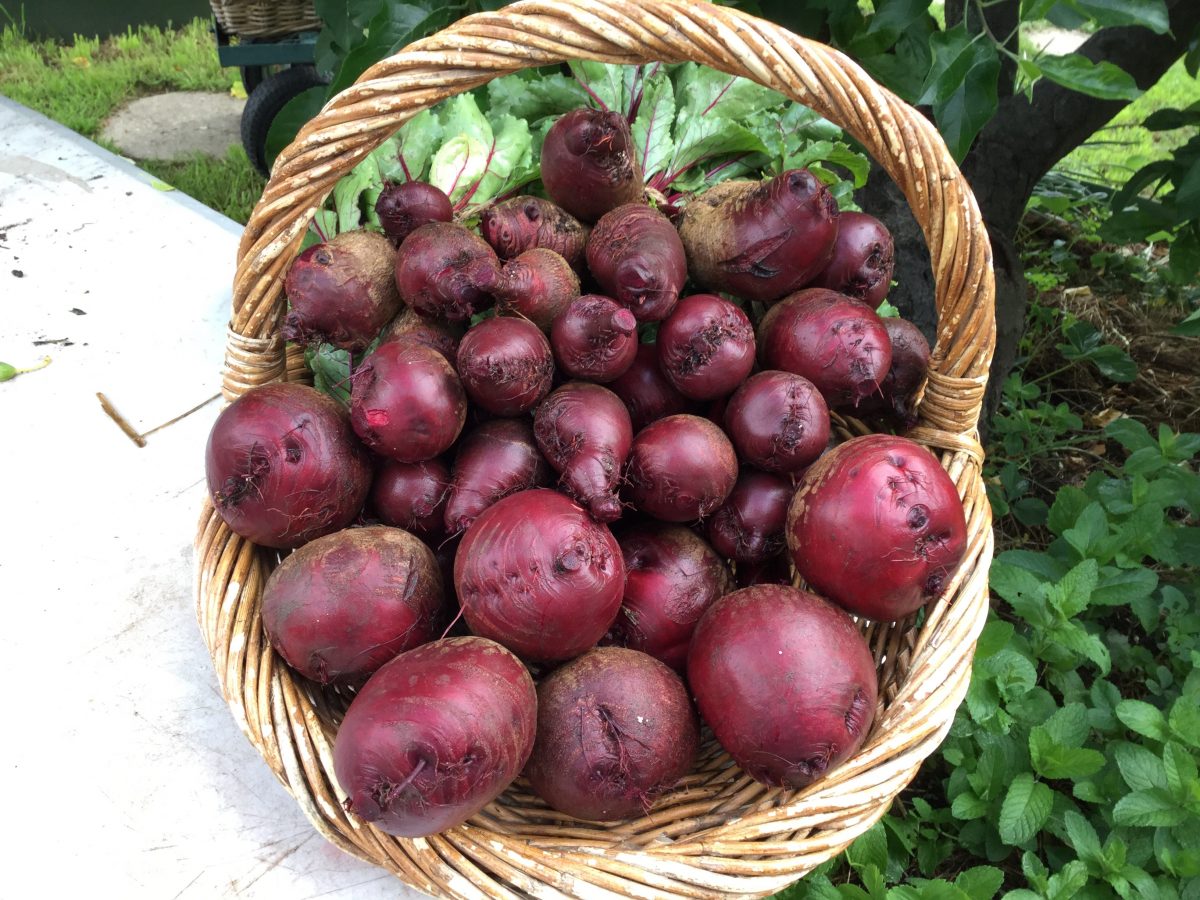
Beetroot, silverbeet and Swiss chard are all closely related plants. But none of them is spinach. Photo: Supplied.
Silverbeet is one of the great wet-weather survivors in the spring vegetable garden. Not surprising really, as the leaves of this remarkable plant are 93 per cent water.
NSW has had the wettest October since records began and since the prediction from the Bureau of Meteorology is for the wetter-than-average weather to continue through November and into early summer, it’s worth looking for rain and damp soil-tolerant vegetables to add to your garden.
Vegetables that will appreciate the cooler and wetter spring and early summer are from diverse family groups. This includes cabbage and cauliflower, from the Brassica family.
Other definite winners are parsley, celeriac and celery from the Apiaceous family; and as already mentioned, Swiss chard or silverbeet and a close relative, beetroot, from the Amaranthaceae family.
Just a quick word about silverbeet, Swiss chard and spinach. There is often confusion about whether these are different or all the same.
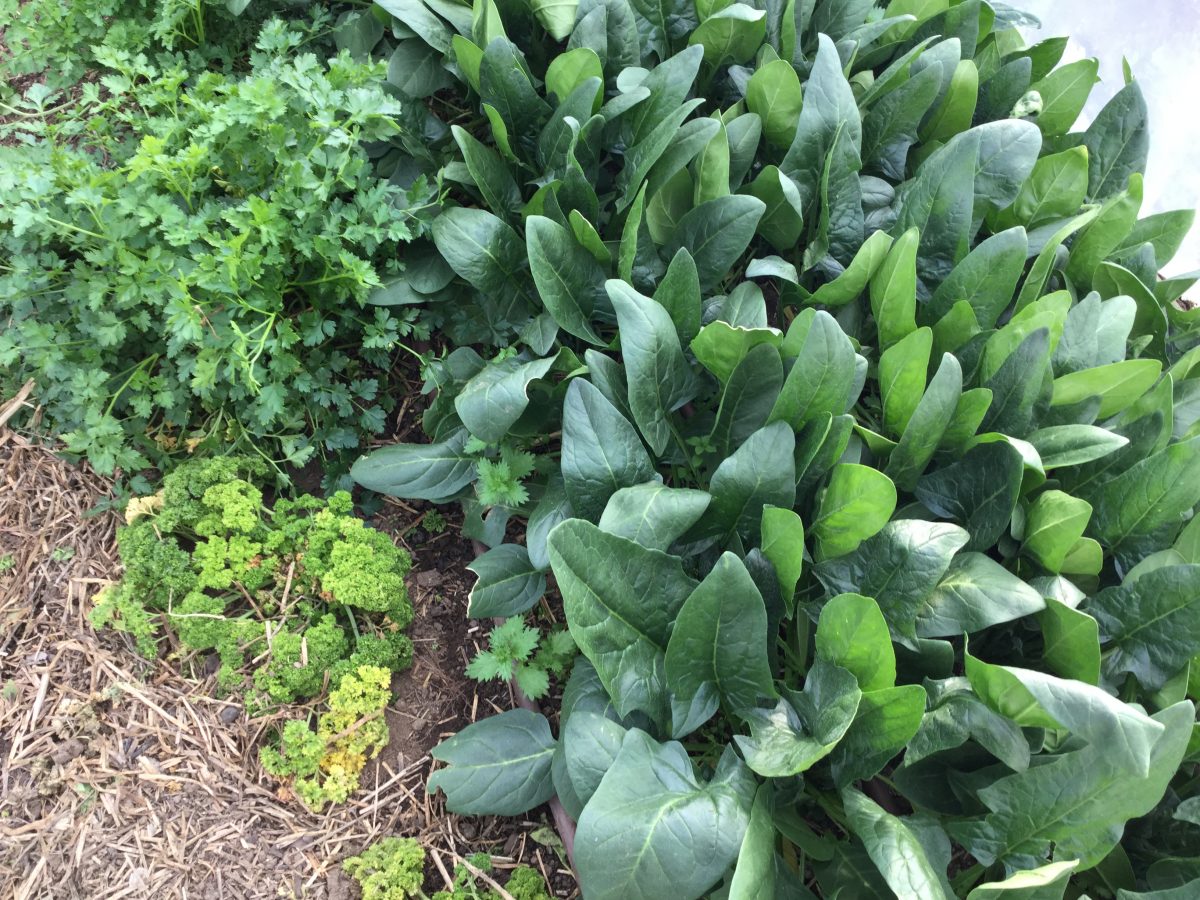
Spinach (right) and silverbeet are often confused in Australia but are different vegetable species. Photo: Supplied.
There is no significant difference between silverbeet and Swiss chard. Both are members of the same species although they have different-coloured stems and leaves.
However, spinach (often called English spinach) is from a different sub-family group called Spinacia oleracea. While many people use the term ”spinach” to refer to silverbeet and chard, this really depends on what state you grew up in.
NSW has traditionally used the term “spinach” for silverbeet, while Victorians refer to these two vegetables separately. English spinach grows less vigorously, has smaller leaves, and has softer, thin green stalks.
Silverbeet has a large thick white or coloured stem. Spinach is nutritionally different too: it has more calcium and beta-carotene, about a third more iron and folate than silverbeet or chard.
All these plants can be placed in groups in the garden to create companion planting synergy. Both cabbages and cauli require about 50 cm between each plant so you can fill the space between them with silverbeet, celery or celeriac. This mixed planting may also help to confuse some pests.
Growing these vegetables in damp spring/summer conditions isn’t exceedingly difficult. But it is important to protect the plants from nutritional deficiencies that may arise with the extra water, which can leach nutrients and oxygen from the soil.
Nitrogen, phosphorus, and potassium are key nutrients for most plants, while the group just mentioned appreciate some boron as well.
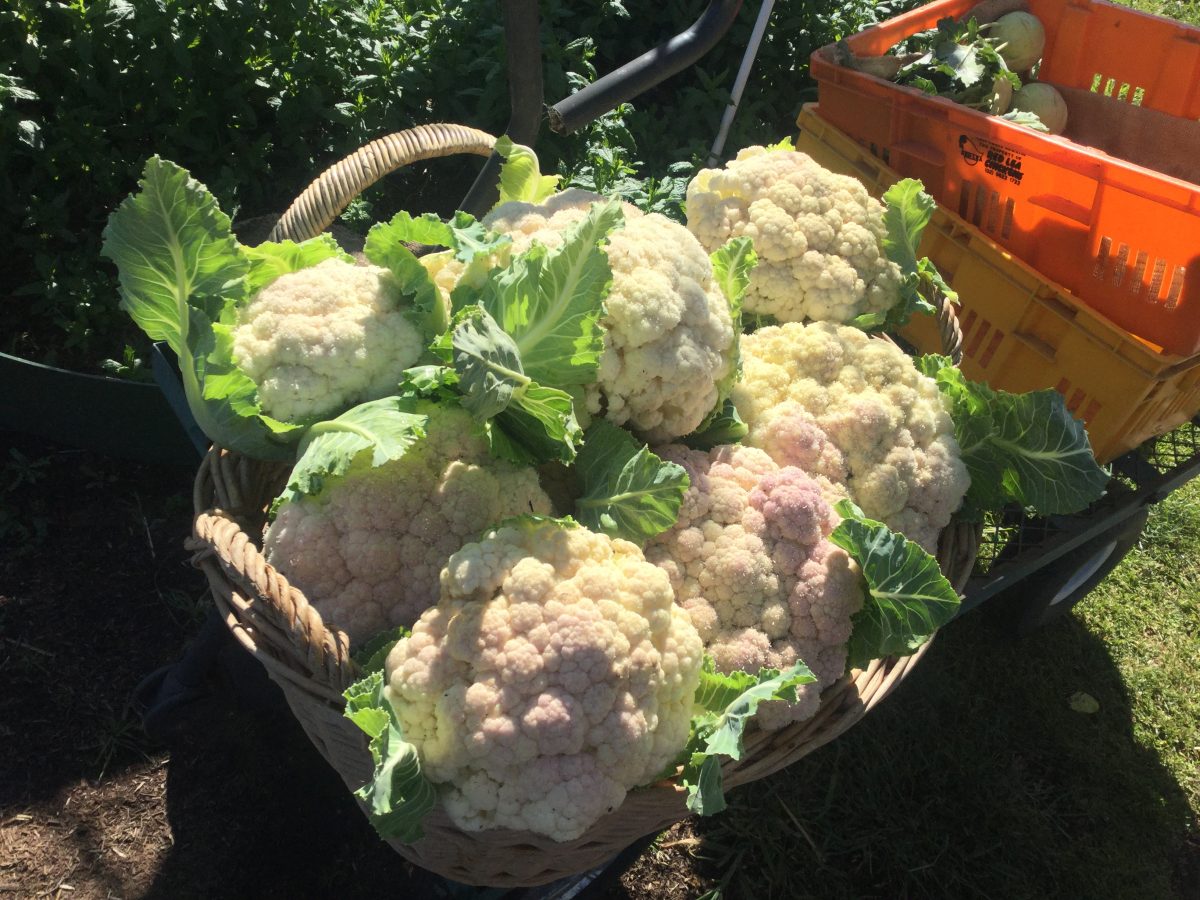
Cauliflowers can be planted in a mix of other vegetables as well as on their own. Photo: Supplied.
A common problem observed in the silverbeet is a browning of central parts of the leaf and a brittle, holed root. This says boron deficiency. This is easily fixed with the addition of good old borax (just a pinch) and adding well-composted manure and compost to the garden bed before planting out seedlings.
Blood and bone will also add generous amounts of nitrogen and phosphorus, dolomite lime will add calcium and magnesium, and seaweed or kelp meal is a great way to add all the micronutrients.
Generally when setting up growing beds or renewing existing beds, we use the following per sqm:
- At least 1 bucket of compost (2 to 4 buckets if you have plenty)
- Blood & bone at the standard rate of application as indicated on the label
- Well-composted animal manure, around ½ to 1 bucket
- Kelp or seaweed meal, about ¾ of a cup
- Dolomite lime mix, about ¼ cup
- Sulfur powder, about ¼ cup
- Borax/boron, just a pinch
Finally, a note on your garlic: Your turban group garlic, such as Monaro purple, should have bulbed and be ready in November for harvest. As a test, dig up a healthy specimen and remove one layer of cover/skin from the bulb.
If there is any ridging on the bulb, it is immature and not ready for harvest. The level of moisture in the soil at or just before harvest will colour your bulb from pink through to dark purple. Remember, the number of leaves on the plant is the most reliable indicator for when to harvest. Harvest at five leaves.
There is a lot of “witches’ broom” or secondary sprouting (when the individual cloves start to grow) around this harvest. This is a result of the weather. Badly affected bulbs should be eaten as green garlic as they will not store well.
Bronwyn Richards and Helen Lynch run Wynlen House Artisan Village Farm and Learning Centre, a small village organic market garden in Braidwood, NSW. Since 2006 they have grown and sold fresh vegetables, eggs, preserves and garlic and teach others to do the same.












